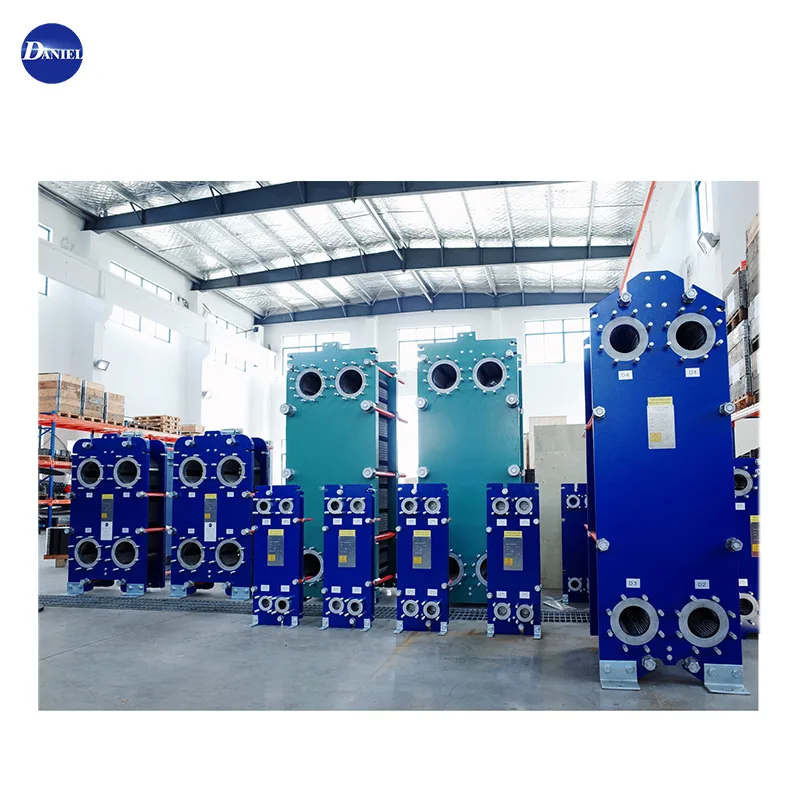How Can the Right Heat Exchanger Plate Reduce Downtime and Boost System Reliability?
2025-07-18
Are Frequent System Shutdowns Costing You More Than You Realize?
Back when I used standard plates in our production line heat exchangers, we were facing monthly shutdowns due to fouling, leaks, or inefficient heat transfer. I didn’t expect something as thin as a heat exchanger plate to be the root cause—but it was.
Once we upgraded to professionally engineered heat exchanger plates, our downtime dropped dramatically.

What Should You Look for in a Heat Exchanger Plate?
Not all plates are equal. Factors like chevron angle, plate thickness, and gasket compatibility can drastically influence performance. A good heat exchanger plate should deliver consistent heat transfer under variable pressure and temperature loads.
Here’s a quick comparison:
| Criteria | Average Plate | Premium Heat Exchanger Plate |
|---|---|---|
| Heat Transfer Coefficient | Low | High and Stable |
| Resistance to Scaling | Poor | Excellent Anti-Fouling Design |
| Plate Alignment Precision | Basic | Laser-precision fit |
| System Compatibility | Limited | Customizable with options |
How Did Daniel Improve My Process Efficiency?
The first time I installed Daniel’s heat exchanger plates, I was impressed by how quickly they fit into my existing system. The temperature regulation improved, the cleaning interval extended, and I saw a 12% increase in thermal efficiency within the first month.
What stood out about Daniel was not just product quality, but their technical advice on choosing the right plate geometry for my needs.
Should You Wait Until a System Fails to Replace the Plates?
Absolutely not. Preventive replacement with high-performance heat exchanger plates is always cheaper than emergency repairs. You’ll avoid unplanned downtime, protect your equipment, and gain better control over thermal processes.
Our products enjoy a high level of trustworthiness. If you have any needs, please feel free to contact us at any time. We offer 24-hour online service and provide efficient solutions.